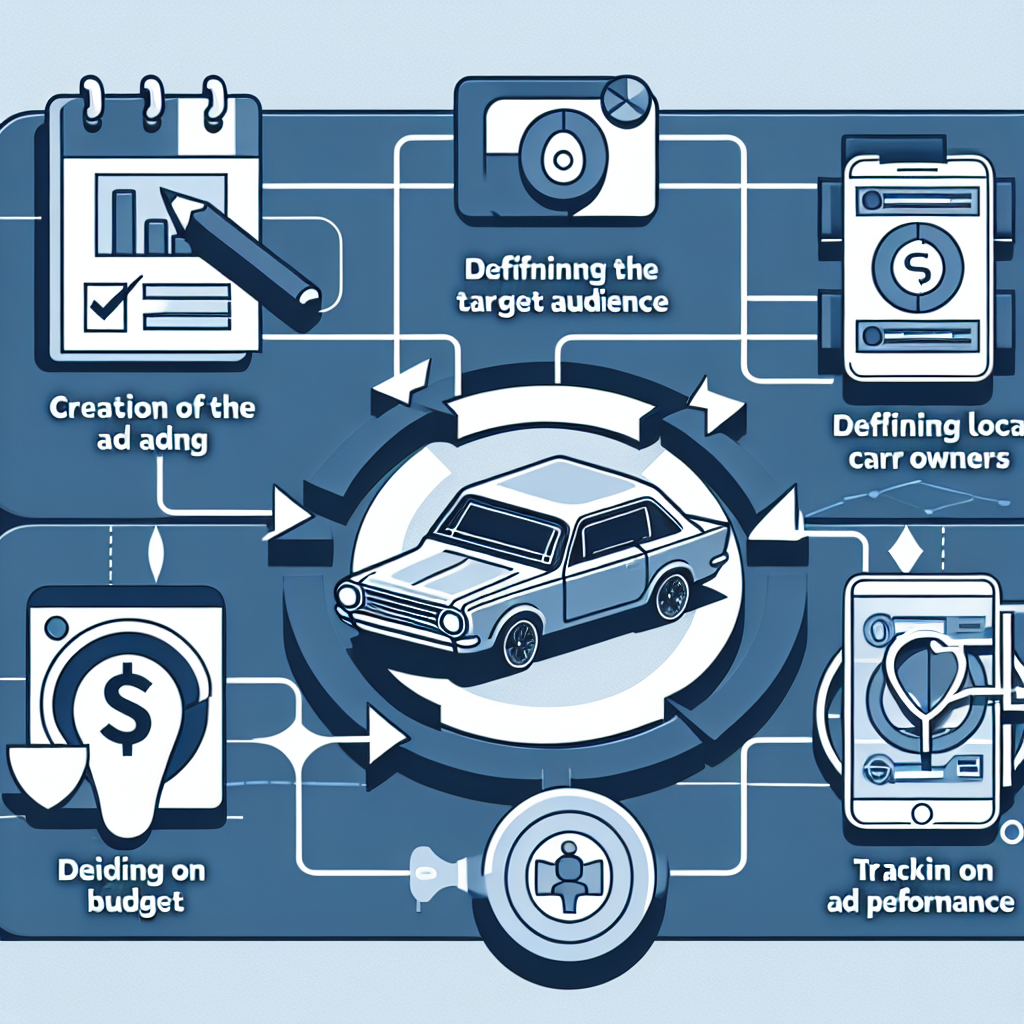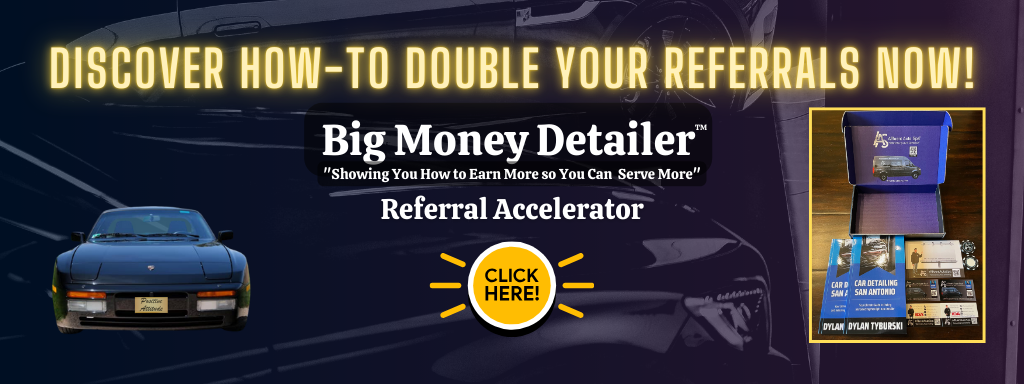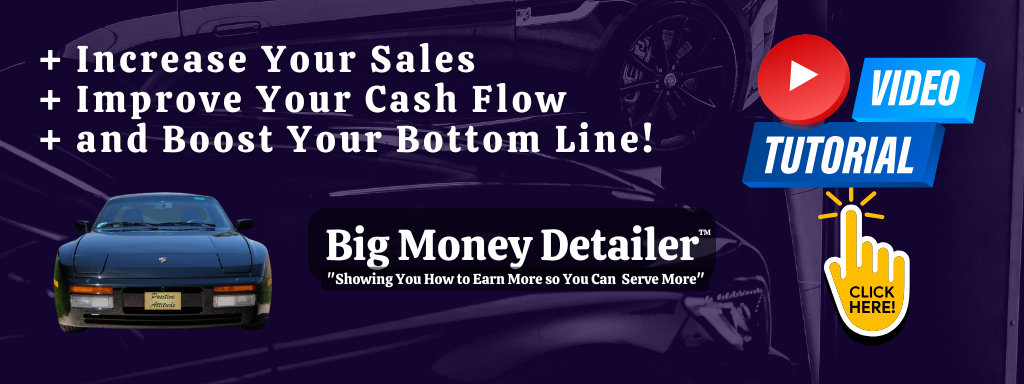Define Your Target Audience
Understand the Demographics
When I first dived into Facebook Ads, I realized that the key to success lies in understanding who I’m trying to reach. For local car owners, that means identifying their demographics—age, occupation, location, and even interests. Are they young professionals looking for the latest gadgets or families with practical needs? Knowing who they are helps in crafting the right message.
I recommend using Facebook’s Audience Insights tool; it’s like having a cheat sheet that tells you what interests your audience. You can explore what pages they like, which will guide you in creating ads that resonate with them.
Don’t overlook the power of local knowledge! If you know that a lot of local car owners are interested in outdoor activities, you can tailor your ads to highlight vehicle features that complement that lifestyle.
Identify Their Pain Points
Every car owner has unique challenges. Some might be worried about maintenance costs, while others care about safety features or fuel efficiency. In my experience, creating ads that address these specific pain points can capture their attention more effectively than a generic approach.
Chat with local mechanics, run surveys, or simply talk to friends who own cars. I’ve found that personal stories often reveal what people are really concerned about. Addressing these issues in your ad copy can really set you apart.
Once you know their pain points, use them as a focal point in your messaging. For instance, if safety is a concern, showcase testimonials about features that make your product or service a reliable choice.
Utilize Geo-Targeting Features
One of the coolest things about Facebook Ads is the ability to geo-target. This lets you show your ads to people in specific locations. I started by pinpointing my advertising radius—I’m talking about targeting neighborhoods, towns, or even just a few miles around my business.
Using geo-targeting has allowed me to save money while increasing relevance. For instance, if there’s a local event or a new car dealership opening, I can create ads that target audiences specifically in that area. This way, people feel like my ad is speaking directly to them.
Don’t forget to consider mobile users as well. When you create ads, ensure they fit neatly on mobile screens since a lot of local car owners are likely browsing on their phones.
Crafting Compelling Ad Content
Use Eye-Catching Visuals
<p Visuals can make or break an ad. Trust me, high-quality images of cars or eye-catching graphics can attract attention faster than any catchy headline. I always recommend using images that tell a story about the driving experience with your product or service.
<p For Facebook, you might want to test different visuals to see what works best. I’ve had great success using short videos showcasing cars on the road or even customer testimonials—the dynamic nature of video seems to grab more eyes!
<p Make sure your visuals align with your brand. Authenticity goes a long way, and if the imagery looks polished and professional, it reflects well on your business.
Write Engaging Copy
<p Once you have your visuals sorted, don’t skimp on the written copy! I’ve learned that your ad copy needs to be engaging, relatable, and straightforward. Remember, people scroll quickly through their feeds, so make your message clear in the first couple of lines.
<p Call-to-action phrases like "Learn More" or "Get Yours Today" work wonders. They create urgency and encourage readers to click. I often use a conversational tone that feels friendly and approachable, making my audience feel like they’re chatting with a buddy rather than reading an advertisement.
<p Play around with different headlines and body text to see what resonates best with your audience. And definitely don’t forget to proofread—spelling mistakes can suggest carelessness!
Incorporate Customer Testimonials
<p Nothing beats the power of social proof. I always try to include customer testimonials in my ads whenever possible. They add credibility and make potential customers feel more comfortable about choosing your service.
<p Consider creating a rotating carousel of testimonials that features different happy customers with their cars. It humanizes your brand and builds trust because people relate to each other's experiences.
<p Of course, make sure to get permission from your customers before featuring them. Most are thrilled to support you, and you’ll cultivate a sense of loyalty, too!
Monitoring and Adjusting Your Campaign
Track Your Ad Performance
<p The launch of an ad is not the end of the journey; it’s just the beginning. I always make it a point to track key metrics like clicks, impressions, and conversions. Facebook’s Ads Manager is a great tool for this—clear visuals and data help me see what’s working and what isn’t.
<p Analyzing the performance of your ads allows you to adjust strategies on the fly. For instance, if one ad is outperforming another, I tweak the less successful one to mirror the winning elements.
<p Don’t shy away from experimenting! Testing various ad formats or adjusting your target audience might open new doors to better engagement.
Respond to Engagement
<p Engagement doesn’t just mean clicks and likes; it also includes comments and questions. I find it crucial to respond to comments on my ads—whether they’re positive or negative. It shows potential customers that I care about their opinions and encourages others to engage.
<p Engaging with users helps build community around your brand. A simple, “Thanks for your support!” or “Let us know if you have any questions!” can go a long way in enhancing your reputation.
<p Moreover, responding quickly can separate you from competitors who may not engage as timely—every little detail counts in today’s fast-paced environment!
Adjust Based on Trends
<p Trends change rapidly, especially in the auto industry. Whether it’s new technology or shifts in consumer preferences, I always keep an eye on what’s buzzing. For instance, if electric vehicles are taking off in my area, it’s wise to pivot my content strategy accordingly.
<p Staying current and relevant can prompt better engagement. Regularly review your ads, adjust your messaging to align with audience interests or concerns, and keep evolving.
<p I often find that sharing timely content leads to better results. It shows that my brand is active and cares about what’s happening in the community.
Budgeting for Your Ads
Set Clear Budget Goals
<p Before I even think about launching an ad, I always set a clear budget. It helps define how much I’m willing to spend and what kind of results I expect. I recommend determining your cost-per-click or cost-per-conversion upfront to better gauge your campaign’s success.
<p Facebook allows flexibility in how much you spend daily or throughout the life of your campaign. I like to start small, measure success, and then gradually increase my spending as I see positive results.
<p Don’t forget to allocate funds for contingencies. Sometimes a campaign needs a boost, and having a buffer can make all the difference.
Monitor Your Spend Regularly
<p Keep a regular check on your spending to avoid any surprises. I often pay attention to my ads’ performance and how it aligns with spending for better ROI. If something isn't delivering the expected results, I adjust quickly.
<p It’s also helpful to use Facebook’s reporting tools to see where your budget goes. This way, I can easily track which ads are performing well and which ones need rethinking.
<p Being proactive about your budget can not only save you money but also enhance the effectiveness of your campaigns, leading to more conversions.
Evaluate and Reassess
<p After a campaign wraps up, I evaluate the overall performance against the budget. Did I achieve my goals? Was the spend justified? This reflective practice can help me refine strategies for future campaigns.
<p Reassessing my budget in light of these evaluations is crucial. If I see certain ads performed exceptionally well, I might allocate more budget toward similar campaigns moving forward.
<p In the end, continual assessment allows for smarter spending and can open doors for innovative ideas that align with what worked previously.
FAQ
1. What is the best way to define my target audience for Facebook Ads?
The best way is to utilize Facebook’s Audience Insights tool, which helps you understand the demographics and interests of your potential customers. Combine this data with local insights specific to your area.
2. How can I make my ad copy more engaging?
Using conversational language that feels warm and friendly can help. Include clear calls-to-action, and make sure the first lines grab attention immediately. Testing different versions of your copy can also yield better results.
3. Why is it necessary to track ad performance?
Tracking ad performance helps you understand what works and what doesn’t. By analyzing metrics like clicks and conversions, you can adjust your strategies to maximize your advertising budget effectively.
4. How often should I adjust my Facebook Ads?
<p It’s smart to monitor your ads regularly. If you notice certain ads aren’t delivering expected results within a few days, it’s good practice to make modifications as needed. Keep an eye on trends, too, as they can inform necessary adjustments.
5. What budget should I set for Facebook Ads targeting local car owners?
<p Starting with a small daily budget can be wise. Determine what you’re hoping to achieve, and then set your budget accordingly. As you see success, you can gradually increase your spend to expand your reach.



